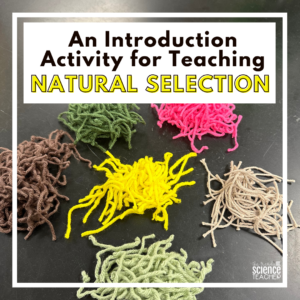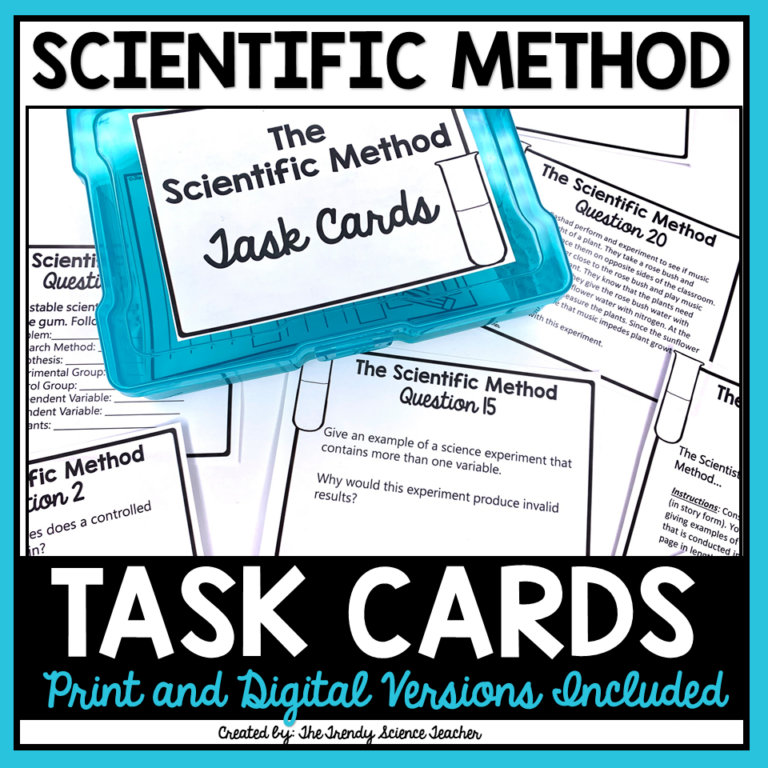
Arson Inquiry Lab- A Forensics Activity
Today, on the blog, I am sharing how I execute my Arson Inquiry Lab- A Forensics Activity.

A few years ago, arson was my least favorite topic to teach in Forensics. It was dry, boring and difficult to find engaging activities for my students. In a desperate attempt to get my students excited about the topic of arson, I decided to call my local fire marshal. I am so glad that I did!
He gave me the best idea for having students observe the behavior of fire as it burns- something that they also use to train arson investigators. His suggestion was to have students build structures and burn them to make note of fire behavior.
I got right to work, creating an inquiry-based activity that allowed my students to investigate the behavior of fire as it burns a structure. The best part of this activity is that it is completely student directed! It’s low prep and definitely a forensics favorite!
Note: This post contains affiliate links for Amazon. As an Amazon Associate, I earn from qualifying purchases. By purchasing an item on the Amazon site using these links, I will receive a small commission on your purchase. This commission does not affect the price of your item.
Step 1: Preparing for the Lab
I rummaged through my classroom looking for craft supplies that students could use to build their structures. Then, I set up a station of popsicle sticks, hot glue guns, hot glue sticks, cardstock, playdoh, pipe cleaners, and scissors. Click HERE to shop the supplies that I used in this lab.
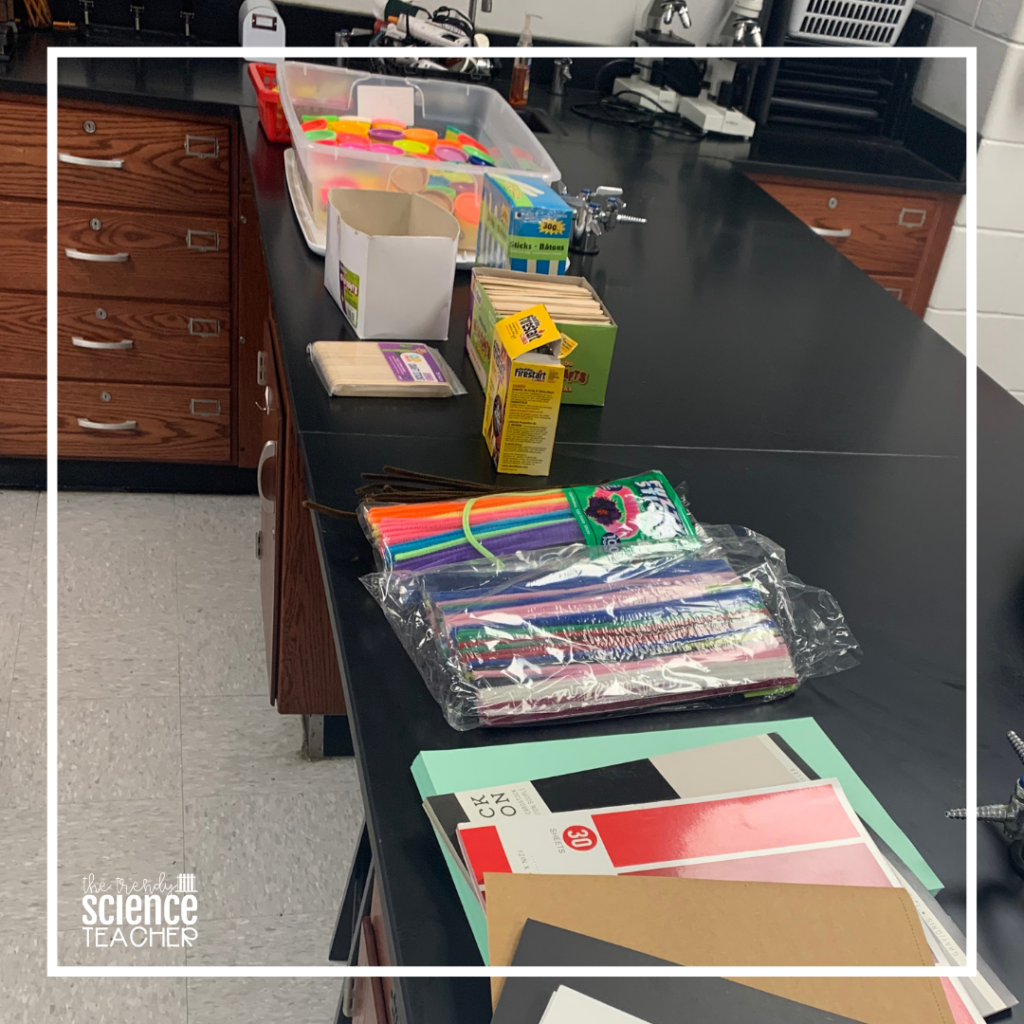
I also printed a copy of my lab sheet for each lab group. (Want a copy of my lab sheet? Scroll to the bottom of the post.)
Step 2: Setting the Guidelines
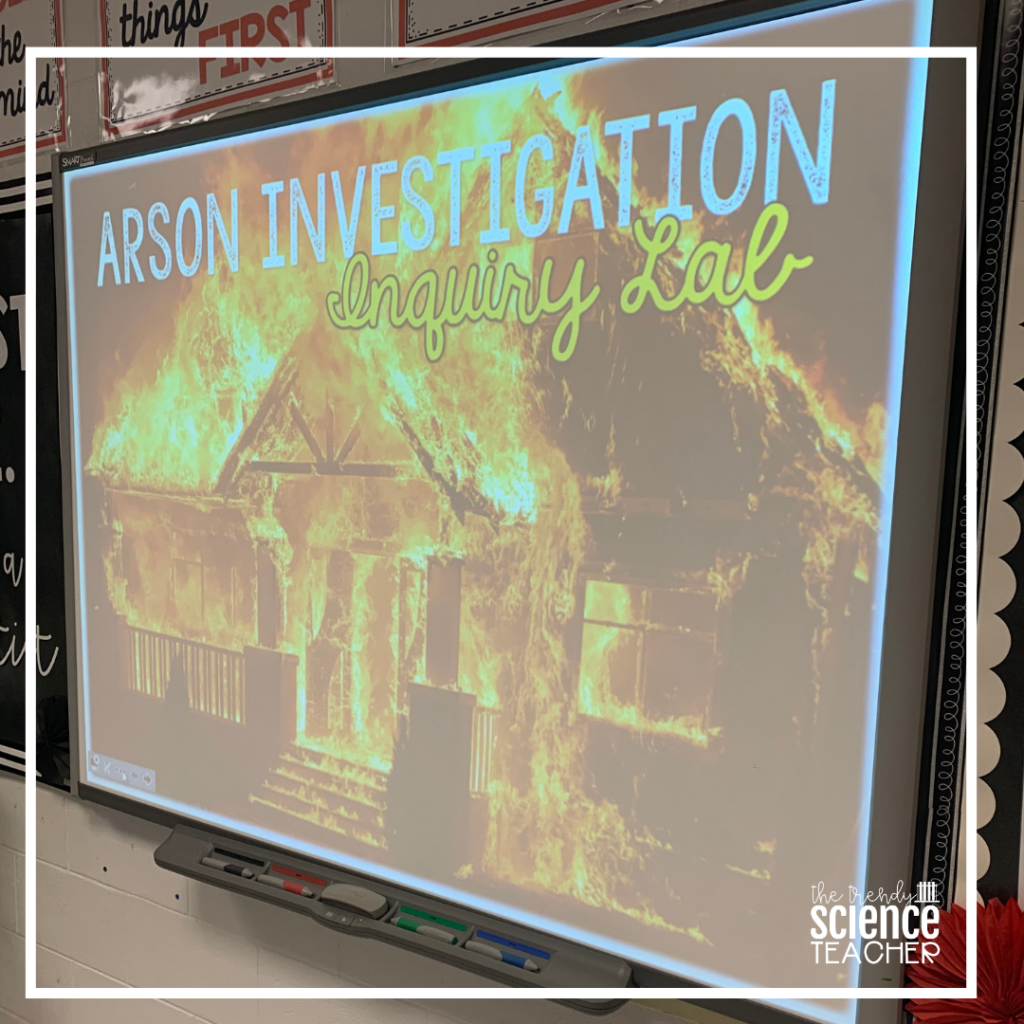
Before starting the lab, I gave my students the guidelines for the project. I set the expectations and timeline for the activity and then turned them loose. I am sharing the entire project at the end of this post, so you will have access to the guidelines that I used.
Step 3: Building the Structures
The building phase took 2 90-minute class periods (for my block course) and 3 50-minute class periods (for my year-long course) to complete. Students used the supplies that I had available to build a structure that met the guidelines that I provided.
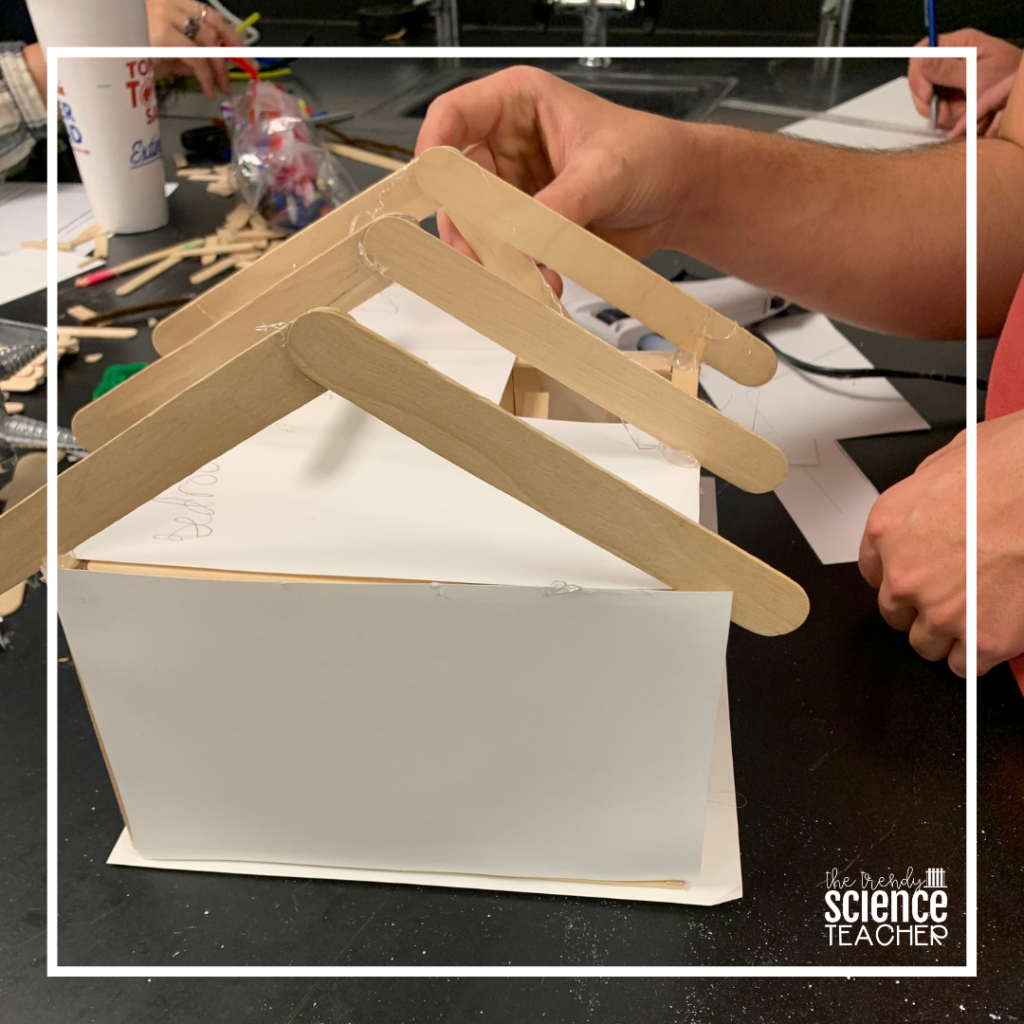
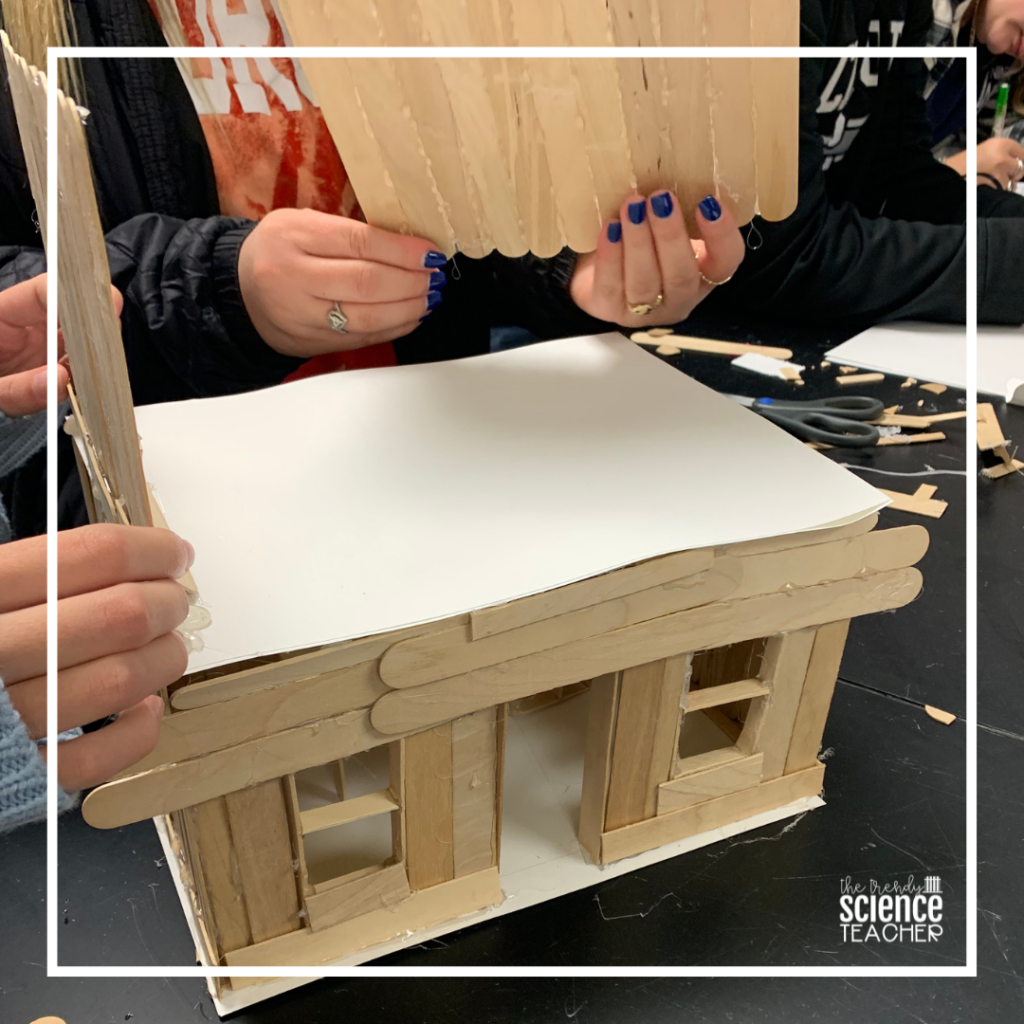
Additionally, the students also had to create a storyline explaining their arson project. Each structure had to be designed around that storyline.

Step 4: Burning the Structures
This part of the activity took about 45 minutes for 7 lab groups. We burned our structures in a parking lot behind our school. These fires get pretty big, so I do not recommend burning in the classroom. I also made sure that we had a water hose available to extinguish the flames.
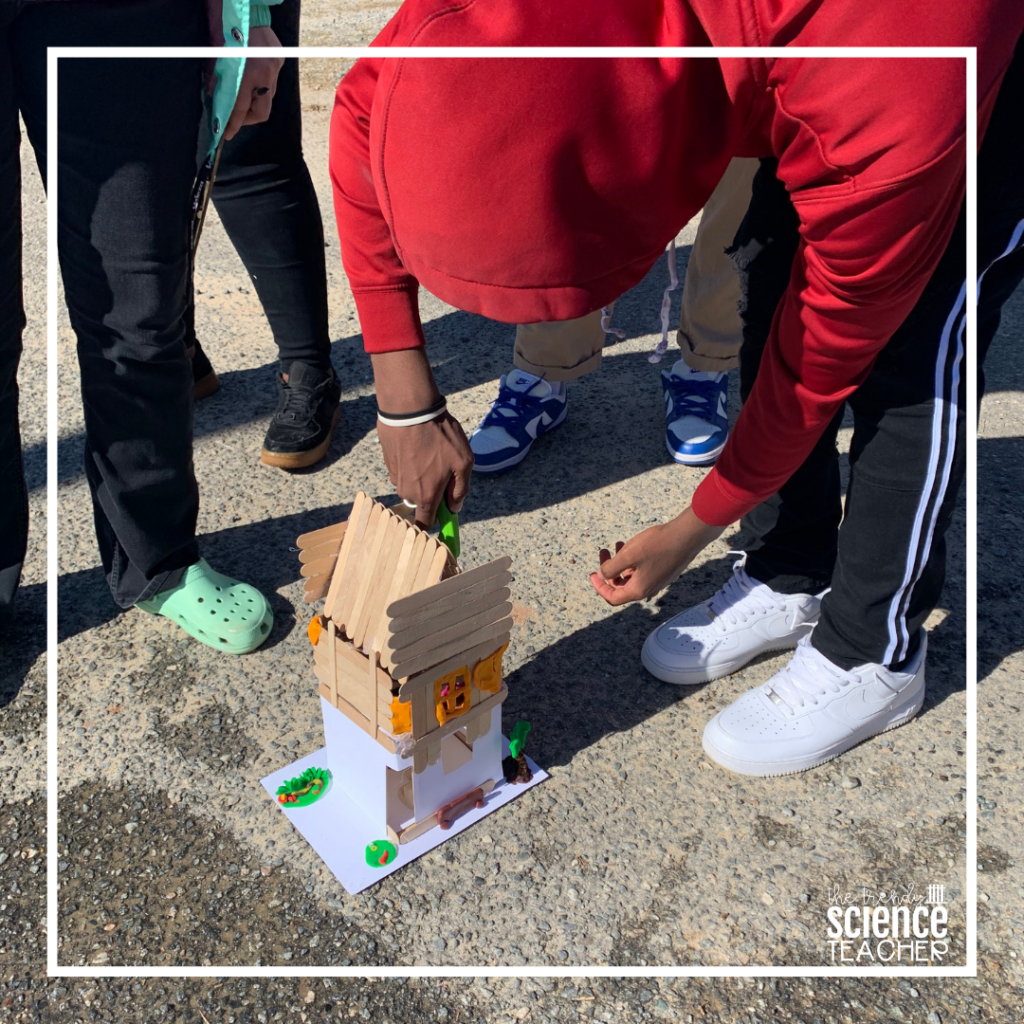
Each group received a piece DuraFlame fire starter to help start their fire. You could also use alcohol, lighter fluid, or any other flammable material. Each lab group took turns burning their structure, making note of the behavior of the fire and structure as it burned.
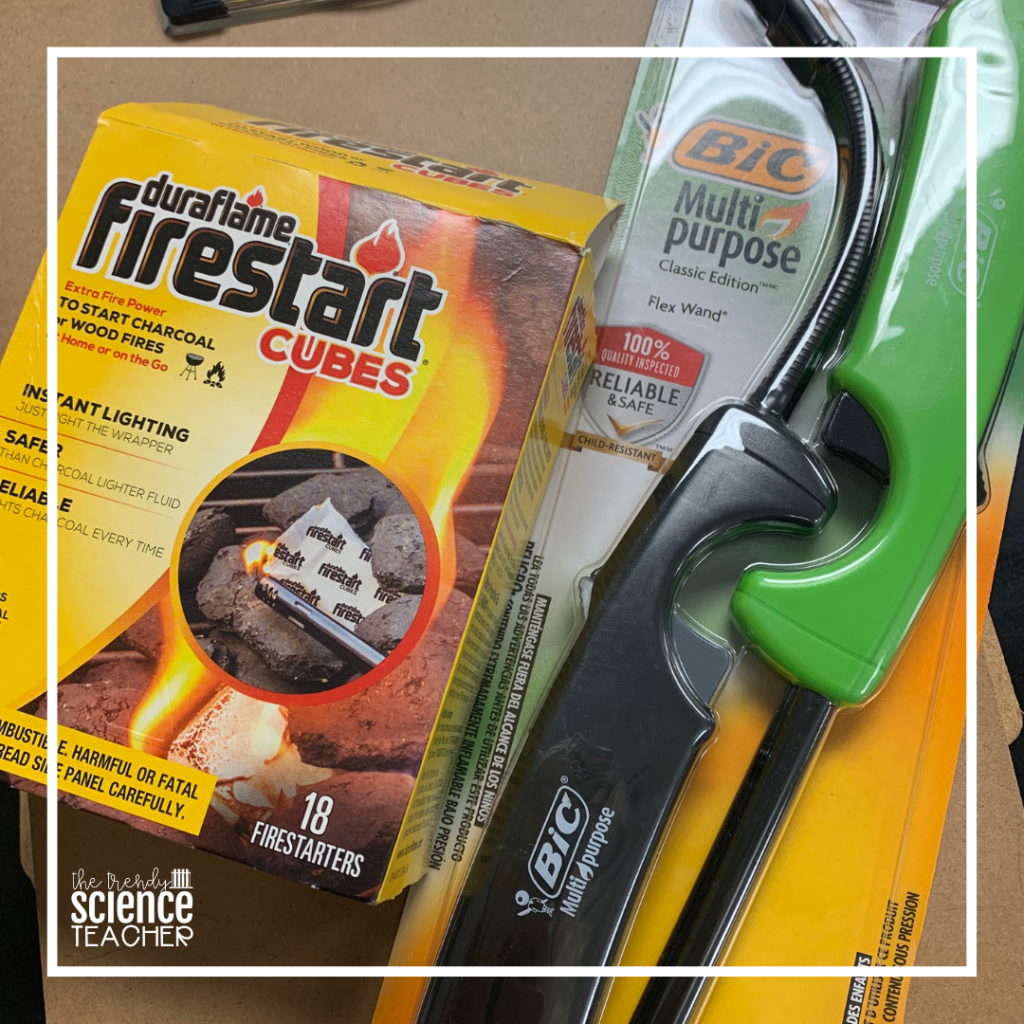
I did not allow students to burn their structure completely. I wanted them to investigate the burned structure- just like an arson investigator would. Therefore, we used the water hose to extinguish the flames when I felt like a burn pattern was visible.
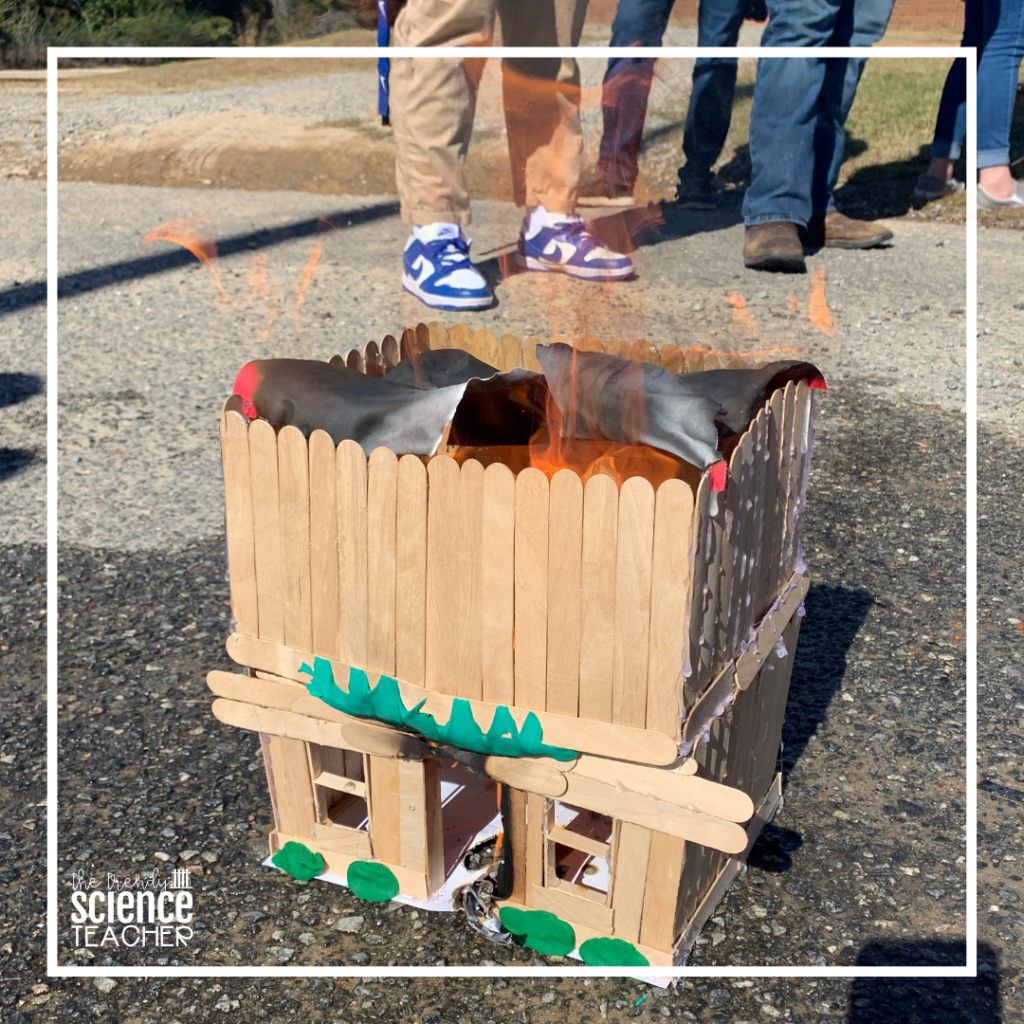
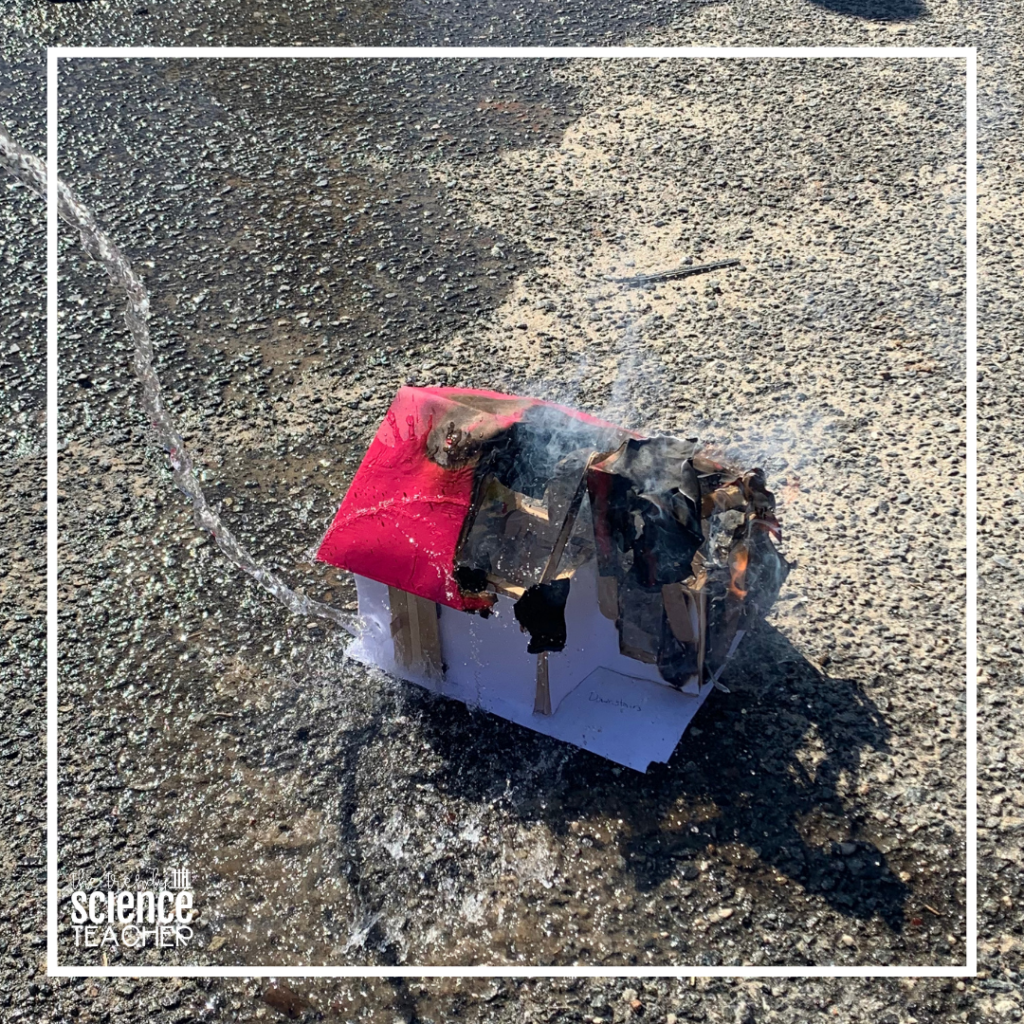
Step 5: Investigating the Fires
Once each structure was burned, I had lab groups “work” the scene of another group’s structure. The group was looking for burn patterns that would lead them to the cause of the fire. This took about 5 minutes.
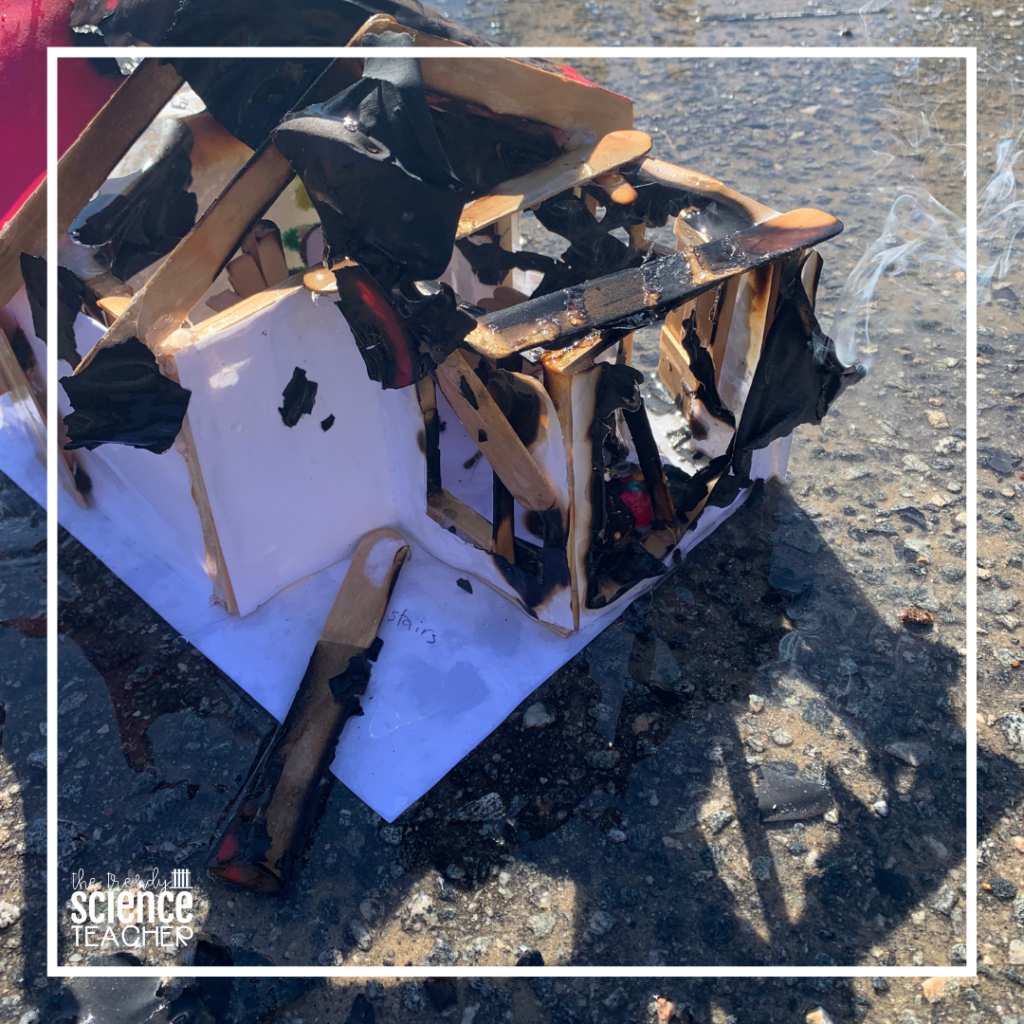
Each lab group took turns sharing what they believed to be the cause of the fire. After sharing, the owners of the structure shared their storyline. It was fun to see which groups guessed correctly.
Next Steps
I used this activity as an introduction into my arson unit, which worked really well. It helped students to visualize the concepts that I taught in my arson lesson.
After the lesson, I had my students discuss the Cameron Todd Willingham case. This is always an interesting way to engage students in a discussion about the evolution of forensics practices and techniques.
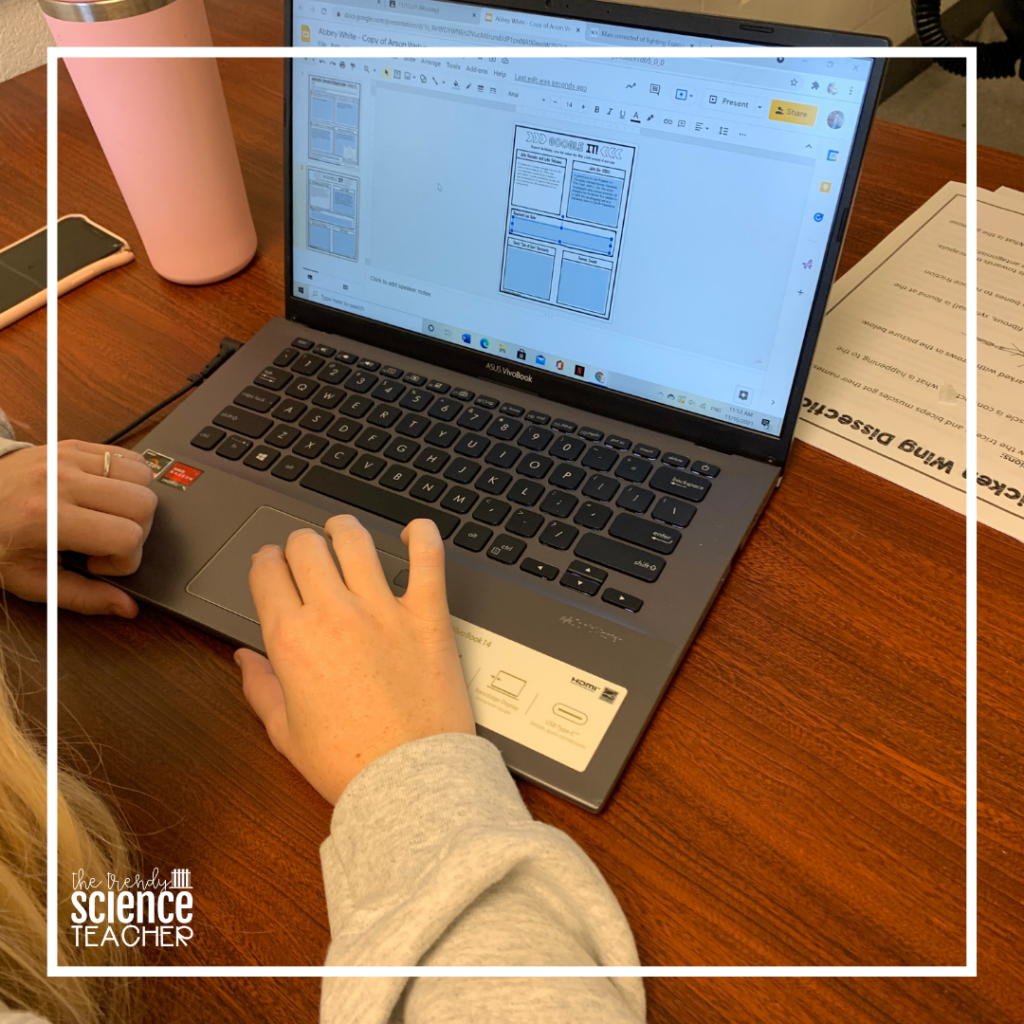
The next day, I had my students complete an arson case-study webquest and then we started on a podcast assignment. During the podcast, I had my students complete a listening guide and periodically paused the podcast to discuss some key points of arson investigation.

I was able to invite our local fire marshal to speak to my classes and he brought pictures from arson crimes that he had worked. The kids were so engaged and had tons of questions for him. If you have someone local that you could invite to speak to your students, I highly recommend it.
At the conclusion of this unit, I had my students complete an arson review tarsia puzzle and turned it into a race. The first team to complete their review puzzle earned some fun prizes. After the puzzle review, I assessed my students.

My arson unit has quickly become one of my favorite forensics topics! If you are interested in grabbing my entire ARSON LESSON PLAN BUNDLE, you can check it out here.
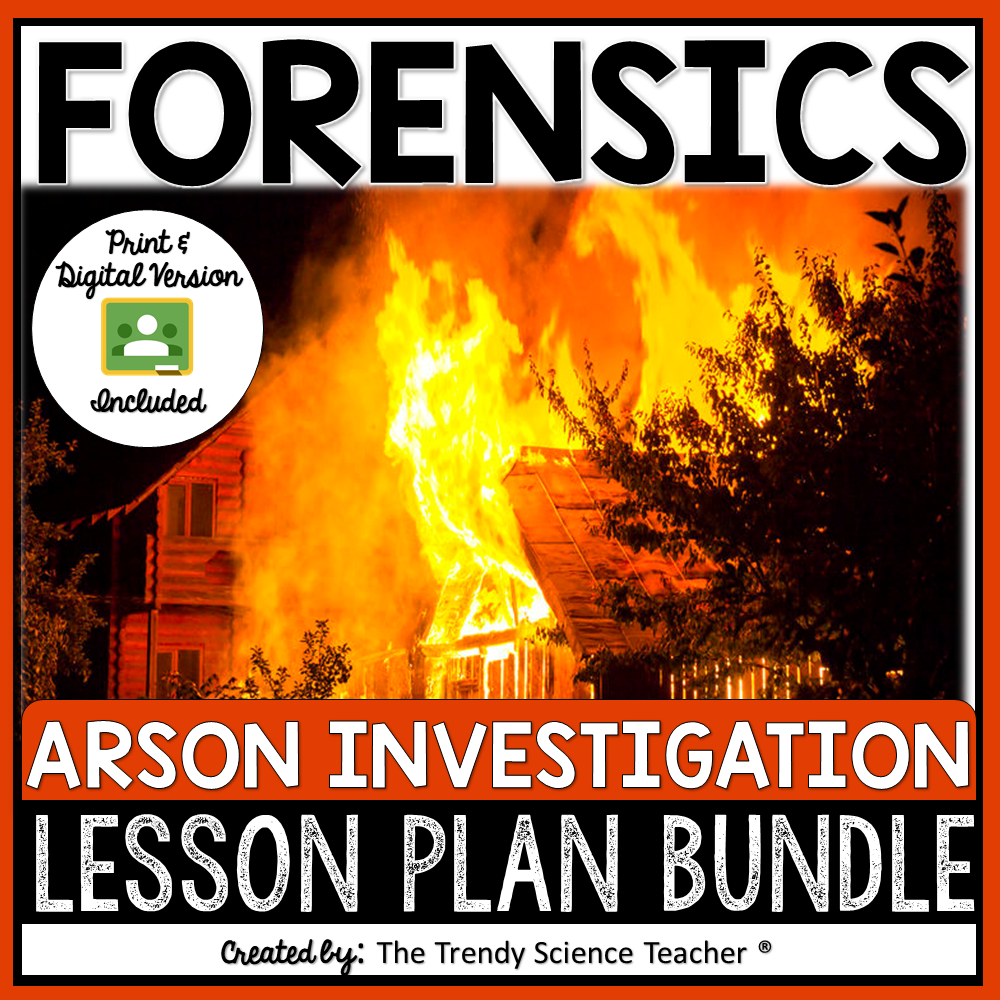
To download the guideline presentation and printable for my ARSON INQUIRY LAB- A FORENSICS ACTIVITY, click the image below.
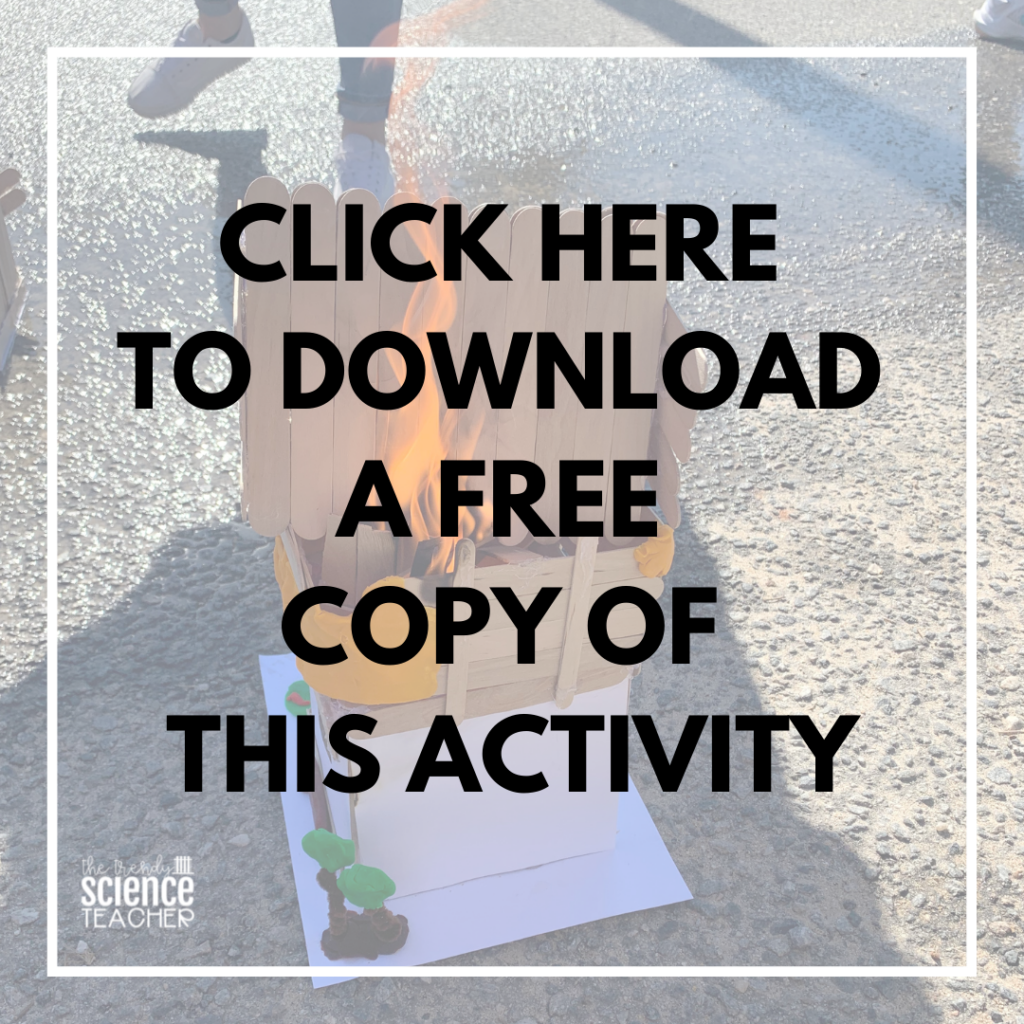
I hope that today’s post provides you with some inspiration for engaging your Forensics students. Until next time…Happy Teaching!
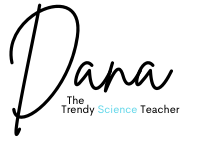
Share it:
- Read more about: FORENSICS

